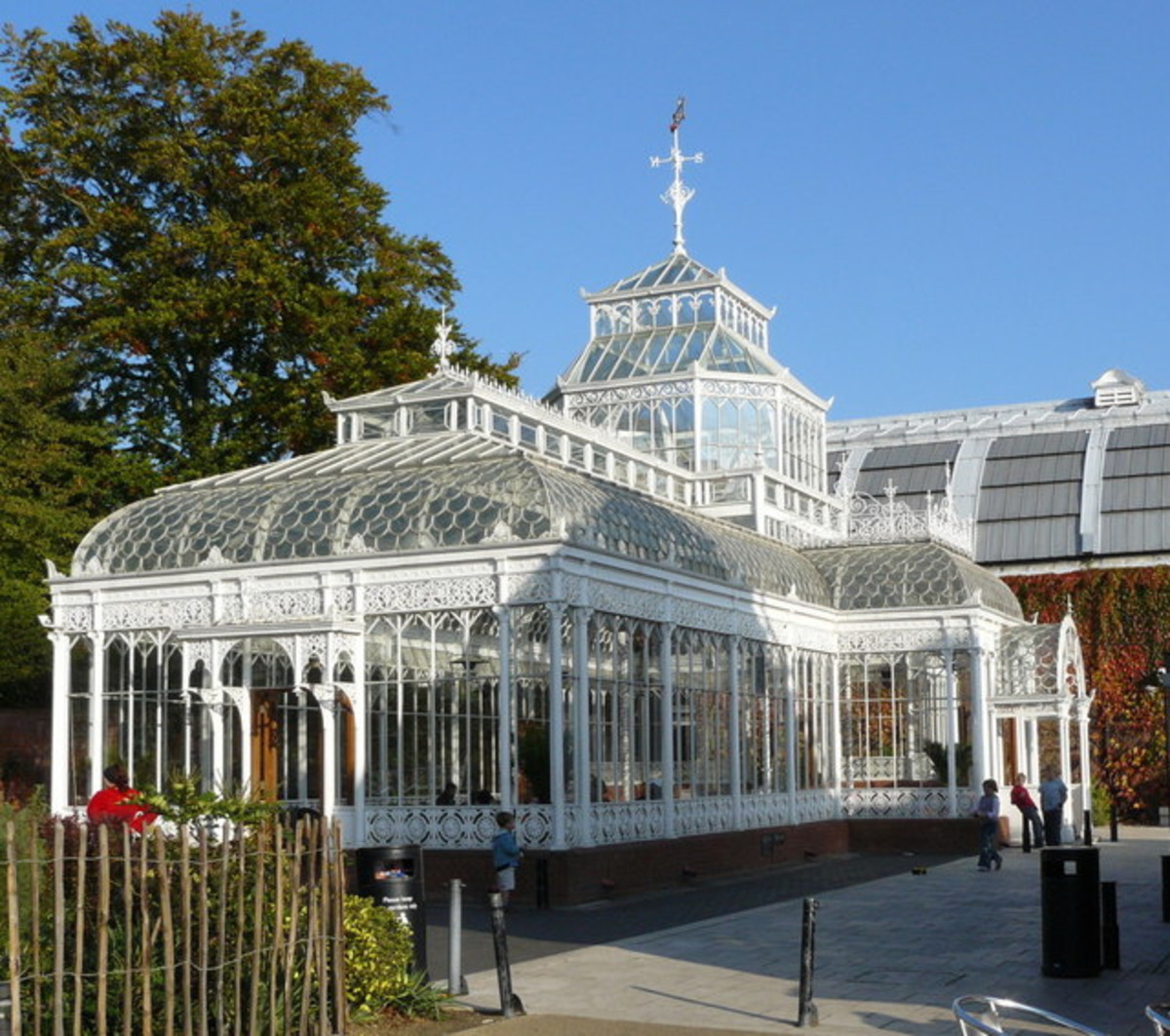

Articles
What Is An Indoor Garden Room Called
Modified: January 5, 2024
Discover the term for an indoor garden room in our informative articles, where we explore the benefits and design ideas for creating your own green oasis.
(Many of the links in this article redirect to a specific reviewed product. Your purchase of these products through affiliate links helps to generate commission for Storables.com, at no extra cost. Learn more)
Introduction
An indoor garden room is a dedicated space within a house or building that is specifically designed and used for cultivating plants. It provides a controlled environment where plants can thrive and flourish, regardless of the outdoor weather conditions. Indoor garden rooms have gained immense popularity in recent years as more people recognize the numerous benefits they offer.
Creating an indoor garden room allows individuals to connect with nature and enjoy the beauty of greenery all year round. Whether you have a sprawling mansion or a compact apartment, there are various ways to incorporate an indoor garden room into your living space. From small corner nooks to large conservatories, the possibilities are endless.
In this article, we will explore the definition of an indoor garden room, discuss the benefits of having one, explore different types of indoor garden rooms, delve into design considerations, provide tips for plant selection, and discuss the maintenance and care required for an indoor garden room.
So, let’s dive in and discover the wonders of creating your very own indoor garden room.
Key Takeaways:
- Bring nature indoors with an indoor garden room, enhancing well-being and providing a year-round oasis of greenery, tranquility, and beauty within your living space.
- Explore various types of indoor garden rooms, from conservatories to vertical gardens, offering unique design possibilities to suit different preferences and spaces.
Read more: What Do You Call An Indoor Garden
Definition of an Indoor Garden Room
An indoor garden room, also known as a conservatory, solarium, or greenhouse, is a dedicated space within a building that is designed to cultivate and display plants. It offers a controlled environment where plants can receive adequate light, temperature, and humidity levels to thrive, regardless of the weather conditions outside.
An indoor garden room is typically constructed with transparent walls and roofs, such as glass or polycarbonate panels, to maximize sunlight exposure and create a bright and inviting space. The transparent design not only allows for an abundance of natural light but also provides a panoramic view of the surrounding landscape, making it a perfect space to relax and enjoy nature.
Unlike traditional outdoor gardens, indoor garden rooms are not limited by seasonal changes. They offer the opportunity to grow and nurture plants throughout the year, regardless of the climate or geographic location. This makes them ideal for plant enthusiasts and gardeners who live in regions with harsh winters or limited outdoor space.
In addition to serving as a sanctuary for plants, an indoor garden room can also be a versatile space for various activities. It can be transformed into a cozy reading nook, a tranquil meditation room, or even a dining area surrounded by lush greenery. The possibilities are endless, allowing individuals to personalize the space according to their preferences and needs.
Furthermore, indoor garden rooms provide a unique aesthetic appeal to any home or building. The sight of vibrant plants, blooming flowers, and cascading vines can create a calming and visually stunning atmosphere. The presence of nature indoors can also have positive effects on mental well-being, reducing stress and improving overall mood.
In summary, an indoor garden room is a specially designed space within a building that allows individuals to cultivate and showcase plants. It provides a controlled environment for plants to thrive, regardless of external weather conditions. An indoor garden room not only adds beauty and serenity to a living space but also offers a year-round opportunity to connect with nature.
Benefits of Having an Indoor Garden Room
Having an indoor garden room in your home or building offers a multitude of benefits that extend beyond simply adding beauty and greenery to the space. Here are some key advantages of creating your own indoor garden room:
- Brings Nature Indoors: An indoor garden room allows you to enjoy the beauty and serenity of nature right in the comfort of your own home. The presence of plants and greenery can create a calming atmosphere and improve overall well-being.
- All-Season Gardening: Unlike traditional outdoor gardens, indoor garden rooms provide the opportunity to grow and nurture plants year-round, regardless of the weather outside. This is especially beneficial for individuals living in regions with harsh winters or limited outdoor space.
- Purifies Indoor Air: Indoor plants act as natural air purifiers, filtering out harmful pollutants and toxins from the air. They can improve indoor air quality and create a healthier living environment for you and your family.
- Enhances Mental Well-being: Spending time in an indoor garden room can have a positive impact on mental well-being. It can reduce stress, improve mood, and promote relaxation and mindfulness.
- Increases Productivity: Multiple studies have shown that having plants in the indoor environment can boost productivity and concentration levels. Having an indoor garden room in your workspace can contribute to a more focused and productive work environment.
- Provides Therapeutic Benefits: Gardening itself has been proven to have therapeutic benefits, reducing symptoms of anxiety and depression. Creating and maintaining an indoor garden room can serve as a form of therapy and provide a sense of accomplishment and fulfillment.
- Creative Design Element: An indoor garden room can serve as a unique and stunning design element in your home or building. The lush greenery, colorful flowers, and cascading vines can create a visually captivating space.
- Creates Privacy: Indoor garden rooms can also act as a private sanctuary within your home, providing a secluded and tranquil space away from the hustle and bustle of daily life.
Whether you use your indoor garden room as a peaceful retreat, a space for gardening and plant care, or a spot for entertaining guests, the benefits it brings to your life are countless. It not only enhances the aesthetics of your living space but also contributes to your overall well-being and quality of life.
Types of Indoor Garden Rooms
Indoor garden rooms come in various types and designs, allowing you to choose one that suits your space, preferences, and gardening goals. Here are some popular types of indoor garden rooms:
- Conservatories: Conservatories are large and spacious indoor garden rooms that are primarily made of glass. They are designed to provide a seamless connection between the indoors and outdoors, allowing for maximum sunlight exposure and panoramic views. Conservatories are often used to create a tropical or Mediterranean garden atmosphere and can accommodate a wide variety of plants, including trees, shrubs, and exotic flowers.
- Solariums: Solariums are similar to conservatories but are typically attached to the side of a building or house. They are designed to capture sunlight from multiple angles, offering optimal growing conditions for a diverse range of plants. Solariums are great for creating a sunny retreat and are especially popular for growing herbs, vegetables, and flowering plants.
- Greenhouses: Greenhouses are fully enclosed structures specifically designed for growing plants. They often have an opaque or semi-transparent roof and walls made of glass or polycarbonate. Greenhouses provide excellent insulation and allow for precise control of temperature, humidity, and ventilation. They are commonly used for propagating seedlings, growing delicate plants, and cultivating fruits and vegetables.
- Atriums: Atriums are central, open-air spaces within a building that serve as indoor gardens. They are typically surrounded by multiple floors or rooms and often have a large glass roof that allows for ample natural light. Atriums are commonly found in commercial buildings, hotels, and large residences. They can be designed with a combination of plants, trees, water features, and seating areas to create a stunning and relaxing environment.
- Vertical Gardens: Vertical gardens, also known as living walls or green walls, are indoor garden structures where plants are vertically mounted on the walls. They can be created using various systems, such as hydroponics or soil-based planting. Vertical gardens are a space-saving option, perfect for those with limited floor space. They can be integrated into any room, from living areas to kitchens, adding a unique and visually appealing element to the space.
- Plant Corners and Nooks: For those with limited space, creating a small indoor garden corner or nook can be a practical and charming option. These corners can be transformed into mini gardens with hanging plants, potted plants, and cascading vines. They are perfect for adding a touch of greenery to small apartments, offices, or bedrooms.
When choosing the type of indoor garden room that fits your needs, consider factors such as available space, sunlight exposure, and the types of plants you wish to grow. Each type offers its own unique advantages and can create a beautiful and inviting space filled with nature’s wonders.
An indoor garden room is commonly referred to as a conservatory or a sunroom. These rooms are designed to bring the outdoors inside and provide a space for growing plants and enjoying natural light.
Design Considerations for an Indoor Garden Room
Designing an indoor garden room requires thoughtful planning to ensure an optimal environment for plant growth and a visually pleasing space. Here are some important design considerations to keep in mind:
- Location: Choose a location in your home or building that receives ample natural light. South-facing windows or areas with unobstructed sunlight are ideal. Consider the temperature and humidity of the chosen location as well, as some plants have specific environmental requirements.
- Space and Size: Assess the available space and determine the size of your indoor garden room. Consider the types and number of plants you wish to grow, as well as any additional features you plan to include, such as seating areas or pathways.
- Structural Considerations: Ensure that the structure of your indoor garden room can withstand the weight of plants, as well as any potential water features or hanging elements. If necessary, consult with a structural engineer or building professional to ensure safety and stability.
- Lighting: While natural sunlight is essential for plant growth, supplementing it with artificial lighting can help provide consistent light levels, especially in rooms with limited natural light. LED grow lights are a popular option as they emit the right spectrum of light for optimal plant growth.
- Ventilation and Air Circulation: Adequate ventilation is crucial to prevent stagnant air and ensure healthy plant growth. Consider installing windows that can be opened or incorporating a ventilation system to maintain proper air circulation.
- Temperature and Humidity Control: Depending on the types of plants you plan to cultivate, you may need to regulate the temperature and humidity levels in your indoor garden room. Installing a thermostat or humidifier can help maintain a suitable climate for your plants.
- Flooring and Drainage: Choose a flooring material that is waterproof and easy to clean, as indoor garden rooms can be prone to water spills and soil debris. Consider installing proper drainage systems to prevent water accumulation and potential damage to the flooring.
- Design Style: Decide on the design style that resonates with you, whether it’s a minimalist, contemporary look or a lush and tropical oasis. Choose furniture, decor, and planters that complement the overall aesthetic of your indoor garden room.
- Accessibility and Maintenance: Consider ease of access for plant care and maintenance. Ensure that pathways are wide enough for maneuvering plant carts or equipment, and provide easy access to water sources and storage areas for gardening tools and supplies.
By carefully considering these design aspects, you can create an indoor garden room that not only provides an ideal environment for plant growth but also enhances your overall living space with beauty and tranquility.
Read more: What Is An Indoor Garden Called
Plant Selection for an Indoor Garden Room
Choosing the right plants for your indoor garden room is essential to ensure their health and overall success. Here are some factors to consider when selecting plants:
- Light Requirements: Different plants have varying light requirements. Assess the available light in your indoor garden room and match it with plants that thrive in low, medium, or high light conditions. Some popular indoor plants that tolerate low light include pothos, snake plants, and peace lilies, while plants like succulents and cacti prefer bright, indirect sunlight.
- Space: Consider the size and growth habit of each plant. Some plants require ample space to spread out, while others are more compact. Choose plants that will fit well within your indoor garden room and allow for growth without overcrowding.
- Watering Needs: Take into account the watering requirements of different plants. Some plants prefer consistently moist soil, while others prefer to dry out slightly between waterings. Create a watering schedule based on the needs of the plants you select to avoid overwatering or underwatering.
- Humidity Tolerance: Indoor environments often have lower humidity levels compared to the outdoors. Consider plants that can tolerate lower humidity or provide additional humidity through methods such as misting or using a humidifier.
- Growing Techniques: Some indoor gardeners may prefer to incorporate hydroponics or aeroponics systems for their plants. These techniques involve growing plants in nutrient-rich water or mist, respectively, instead of traditional soil. Research plants that are well-suited to these growing methods if you wish to experiment with alternative gardening techniques.
- Aesthetics: Select plants that align with your desired indoor garden room aesthetics. Consider the colors, textures, and shapes of different plants to create a visually pleasing and harmonious arrangement. Mixing different foliage types, such as broad leaves and delicate ferns, can add an element of interest and diversity.
- Personal Preference: Ultimately, choose plants that you personally enjoy and feel connected to. Whether you prefer flowering plants, tropical foliage, or aromatic herbs, selecting plants that bring you joy and align with your gardening goals will enhance your indoor garden room experience.
It’s also worth noting that some plants may require special care or have specific growth requirements. Research and familiarize yourself with the needs of each plant you choose to ensure you can provide them with the necessary care for their well-being.
Remember, the process of selecting plants for your indoor garden room can be exciting and creative. Experiment with different species and combinations to create a beautiful and thriving oasis of greenery within your home.
Maintenance and Care of an Indoor Garden Room
Maintaining and caring for your indoor garden room is crucial to ensure the health and longevity of your plants. Here are some essential tips to help you keep your indoor garden room flourishing:
- Watering: Follow a consistent watering schedule for your plants, taking care not to overwater or underwater. Check the moisture level of the soil regularly and adjust the frequency and amount of water accordingly. Be mindful of the specific watering needs of each plant, as they can vary.
- Lights and Sunlight: Monitor the lighting conditions in your indoor garden room and adjust artificial lights or blinds if needed. Ensure that plants receiving direct sunlight are not exposed to excessive heat, which can damage their leaves. Move plants if necessary to provide them with appropriate light levels.
- Temperature and Humidity: Maintain a suitable temperature and humidity level for your plants. Most indoor plants prefer temperatures between 65-75°F (18-24°C) during the day and slightly cooler temperatures at night. Regularly check the humidity levels and provide additional humidity if needed, especially during dry winters or in air-conditioned environments.
- Pruning and Trimming: Regularly prune your plants to remove dead or yellowing leaves, promote healthy growth, and maintain their shape. Trim any overgrown branches or stems to ensure even distribution of energy throughout the plant. Use clean and sharp pruning tools to minimize damage and disease transmission.
- Pest Control: Inspect your plants regularly for any signs of pests, such as aphids, mealybugs, or spider mites. If detected, take immediate action to control and eliminate the pests. Use organic pest control methods or insecticidal soaps to minimize harm to the plants and surrounding environment.
- Fertilizing: Provide your plants with essential nutrients by fertilizing them regularly. Use a balanced, water-soluble fertilizer specifically designed for indoor plants. Follow the recommended dosage and frequency according to the instructions provided by the manufacturer. Avoid over-fertilizing, as it can lead to fertilizer burn or nutrient imbalances.
- Dust and Cleanliness: Indoor plants can accumulate dust on their leaves, hindering their ability to photosynthesize properly. Regularly wipe the leaves with a damp cloth or use a gentle spray of water to remove dust. Keeping your indoor garden room clean and free from debris will also help prevent unwanted pests and diseases.
- Rotation and Careful Placement: Rotate plants periodically to ensure even growth and prevent one side from receiving more light than the other. Be cautious when moving plants, as sudden changes in light or temperature can shock them. Gradually transition plants to new locations to minimize stress.
- Monitoring and Observation: Pay close attention to your plants and observe any changes in their appearance, such as yellowing leaves, wilting, or unusual growth patterns. These can be indicators of underlying issues like nutrient deficiencies, pest infestation, or improper care. Take prompt action to address any problems.
- Continued Learning: Stay informed and continue learning about the specific care requirements of the plants in your indoor garden room. Different plants may have unique needs, and understanding their preferences will help you provide the best care possible.
Remember, each plant is unique and may require varying degrees of care. Regular observation, attention to detail, and your dedication as a caretaker will contribute to the overall success and beauty of your indoor garden room.
By following these maintenance and care tips, you can ensure that your indoor garden room remains a thriving oasis of greenery and a source of joy and tranquility within your home.
Conclusion
Creating an indoor garden room is a wonderful way to bring nature into your living space, allowing you to enjoy the beauty of plants all year round. Whether you have a large conservatory or a small corner nook, an indoor garden room offers numerous benefits that enhance your well-being and living environment.
Through this article, we explored the definition of an indoor garden room as a dedicated space within a building designed for cultivating and displaying plants. We discussed the benefits of having an indoor garden room, including the ability to bring nature indoors, enjoy all-season gardening, purify indoor air, and enhance mental well-being.
We also explored various types of indoor garden rooms, such as conservatories, solariums, greenhouses, atriums, vertical gardens, and plant corners and nooks. Each type offers unique features and design possibilities to suit different preferences and spaces.
Furthermore, we discussed important design considerations, including location, space, lighting, ventilation, and temperature control. These factors play a crucial role in creating an optimal environment for plant growth and creating a visually stunning indoor garden room.
Selecting the right plants for your indoor garden room is essential, taking into account factors such as light requirements, space, watering needs, and aesthetics. Choosing plants that you enjoy and align with your gardening goals will enhance your indoor garden room experience.
To ensure the health and longevity of your plants, we provided maintenance and care tips, including proper watering, lighting, temperature, pruning, pest control, cleanliness, and observation. Regular care and attention to your indoor garden room will ensure that your plants thrive and flourish.
In conclusion, an indoor garden room is not just a beautiful addition to your home or building; it is a sanctuary that connects you to nature and provides a peaceful retreat. Through careful design, plant selection, and maintenance, you can create a vibrant and thriving indoor garden room that brings joy, tranquility, and a touch of nature to your everyday life.
So, why wait? Start planning and creating your own indoor garden room today and embark on a journey of greenery, beauty, and serenity.
Frequently Asked Questions about What Is An Indoor Garden Room Called
Was this page helpful?
At Storables.com, we guarantee accurate and reliable information. Our content, validated by Expert Board Contributors, is crafted following stringent Editorial Policies. We're committed to providing you with well-researched, expert-backed insights for all your informational needs.
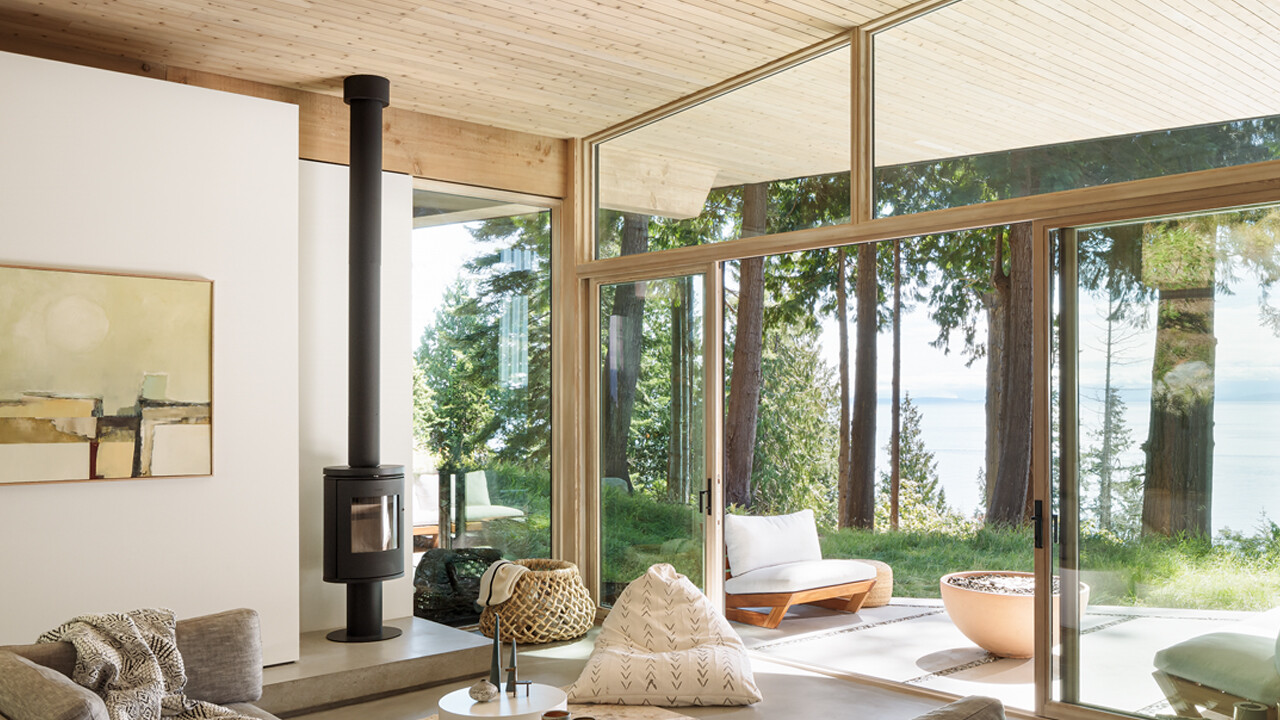
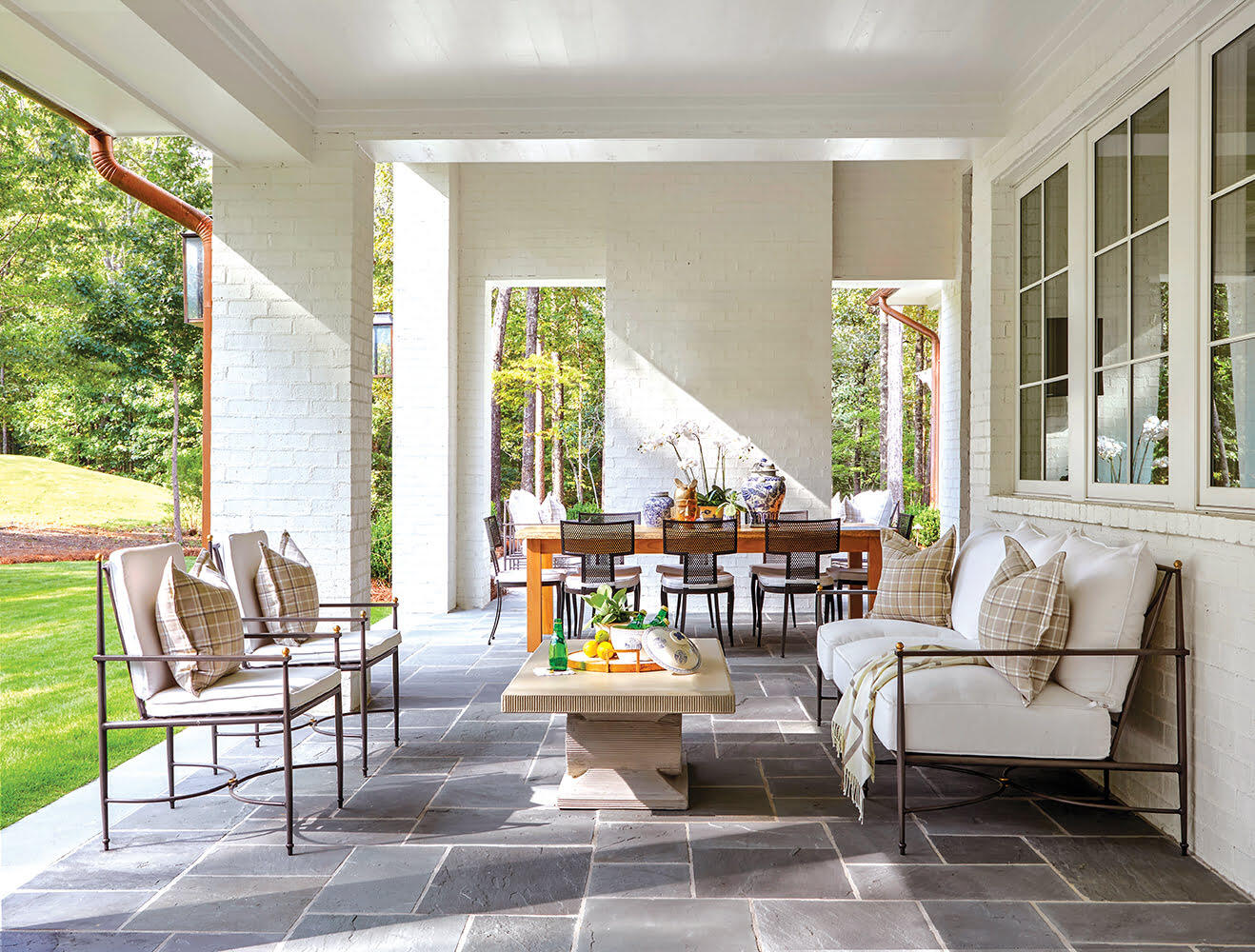
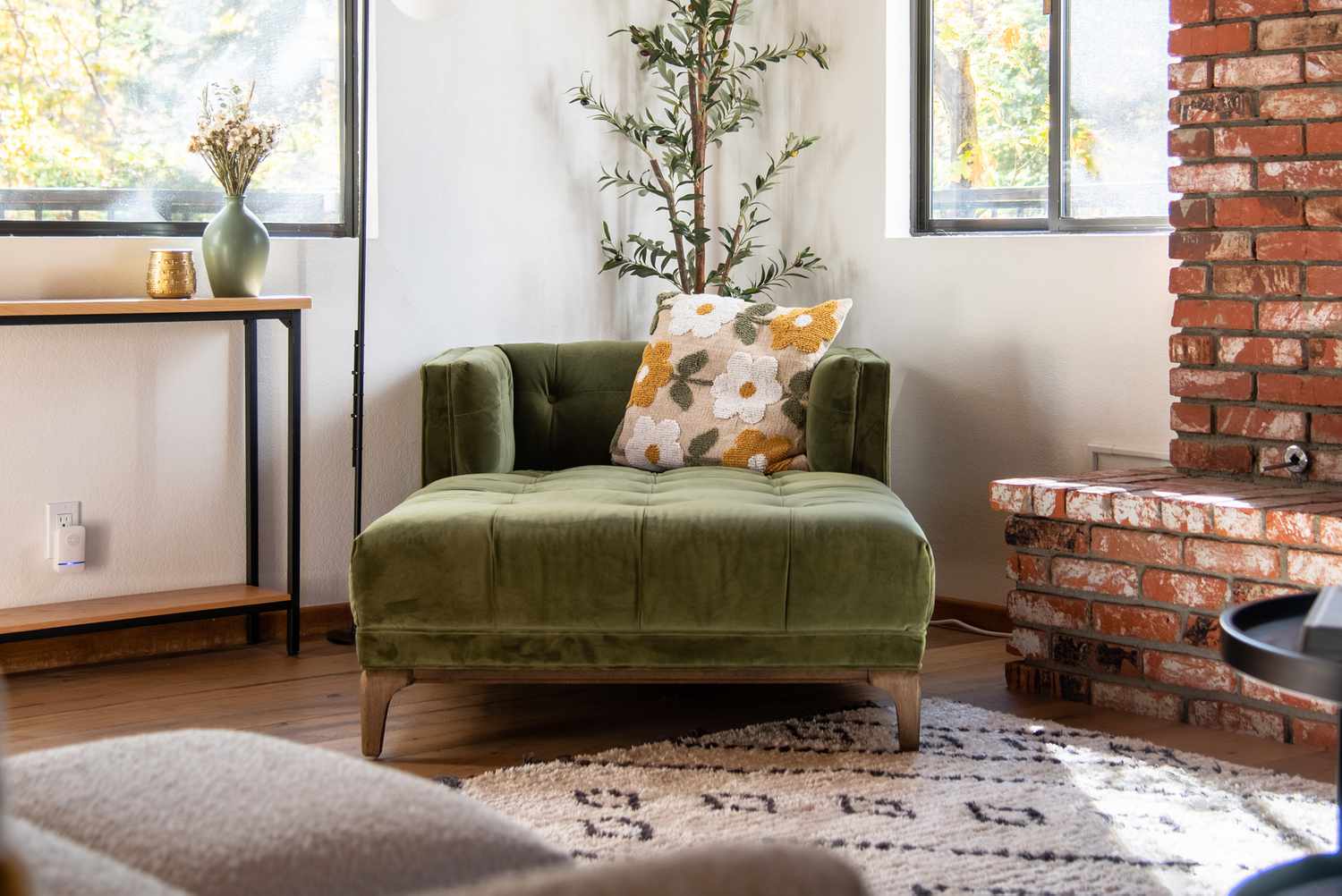
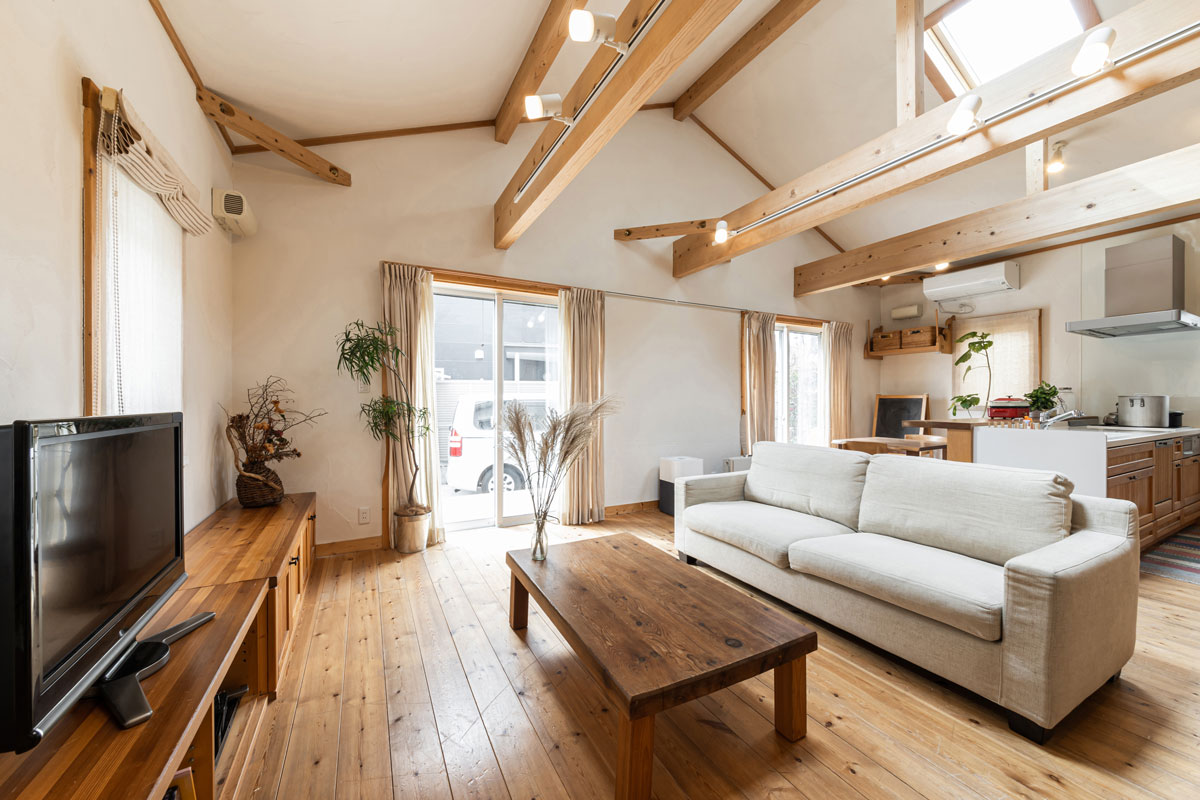
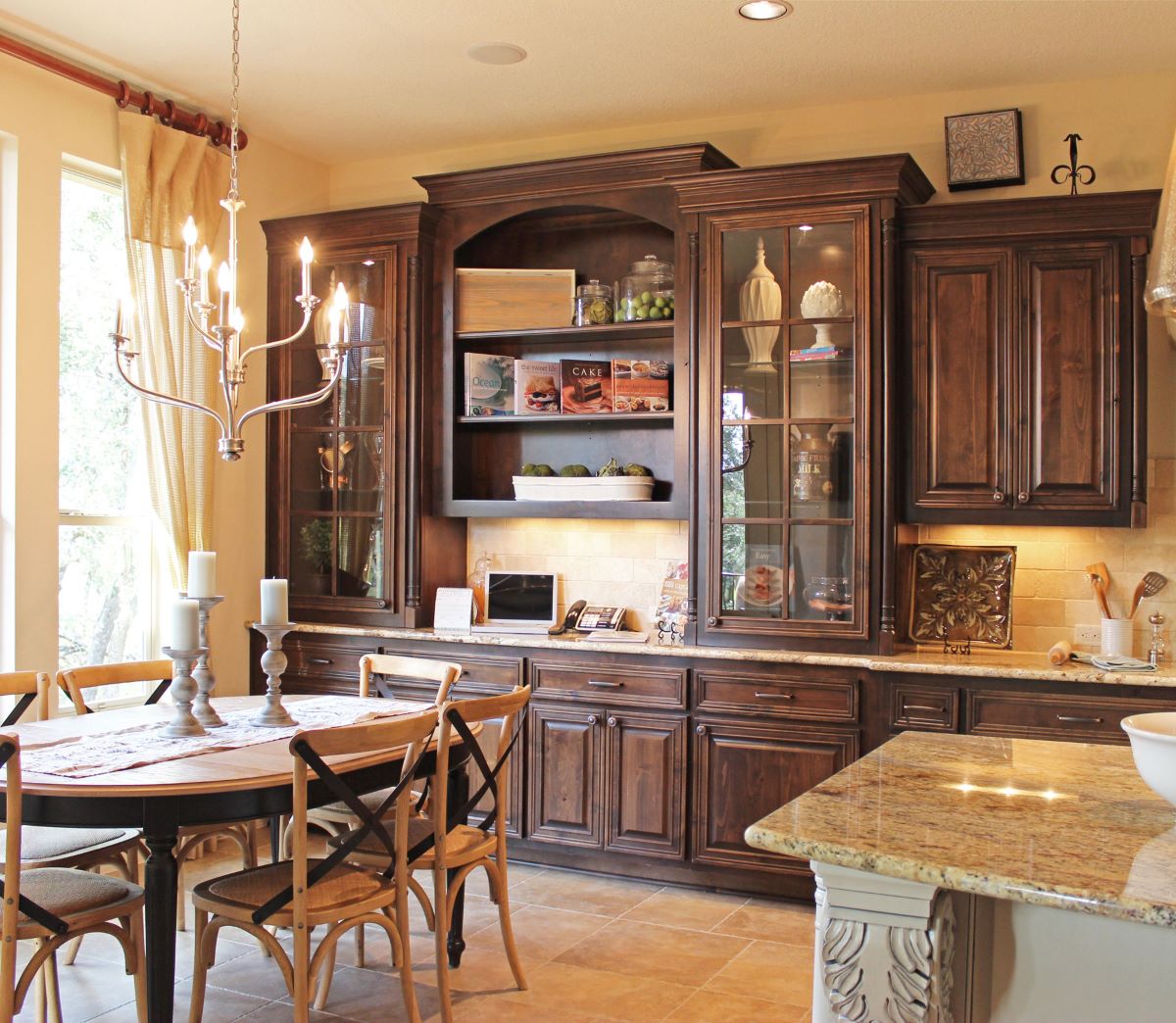
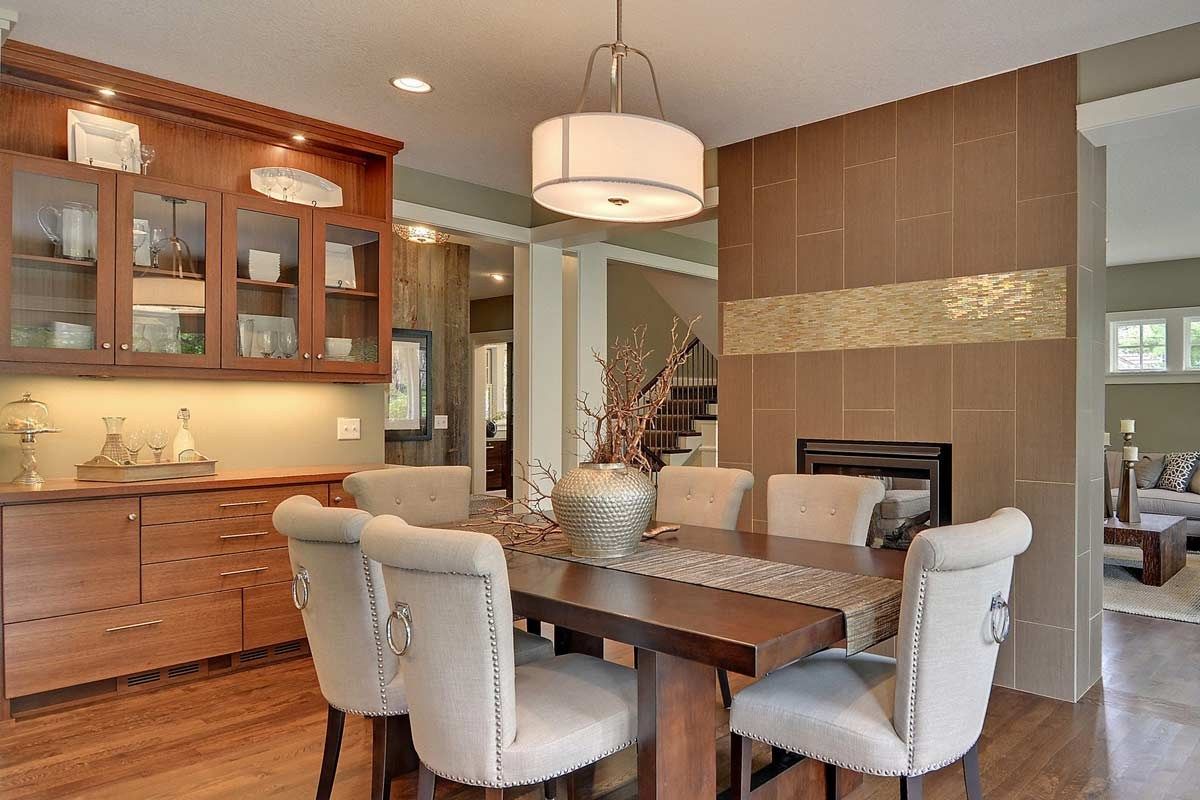
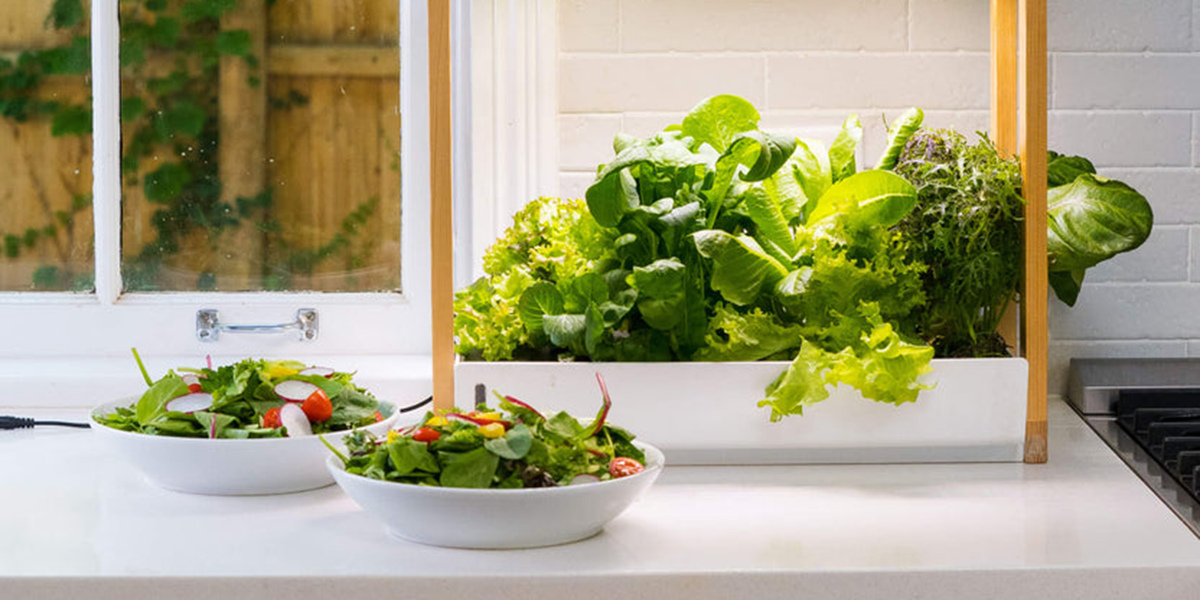
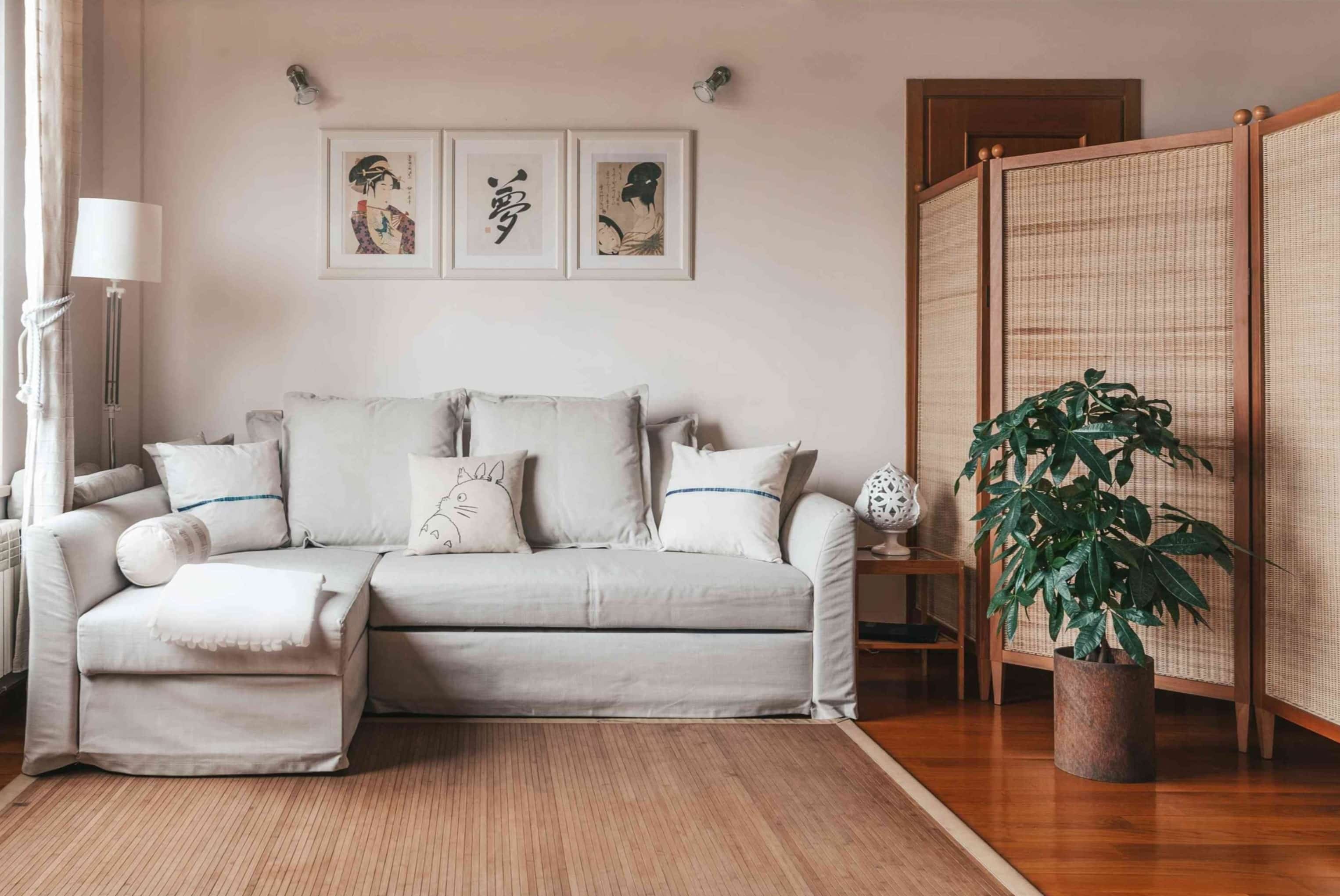
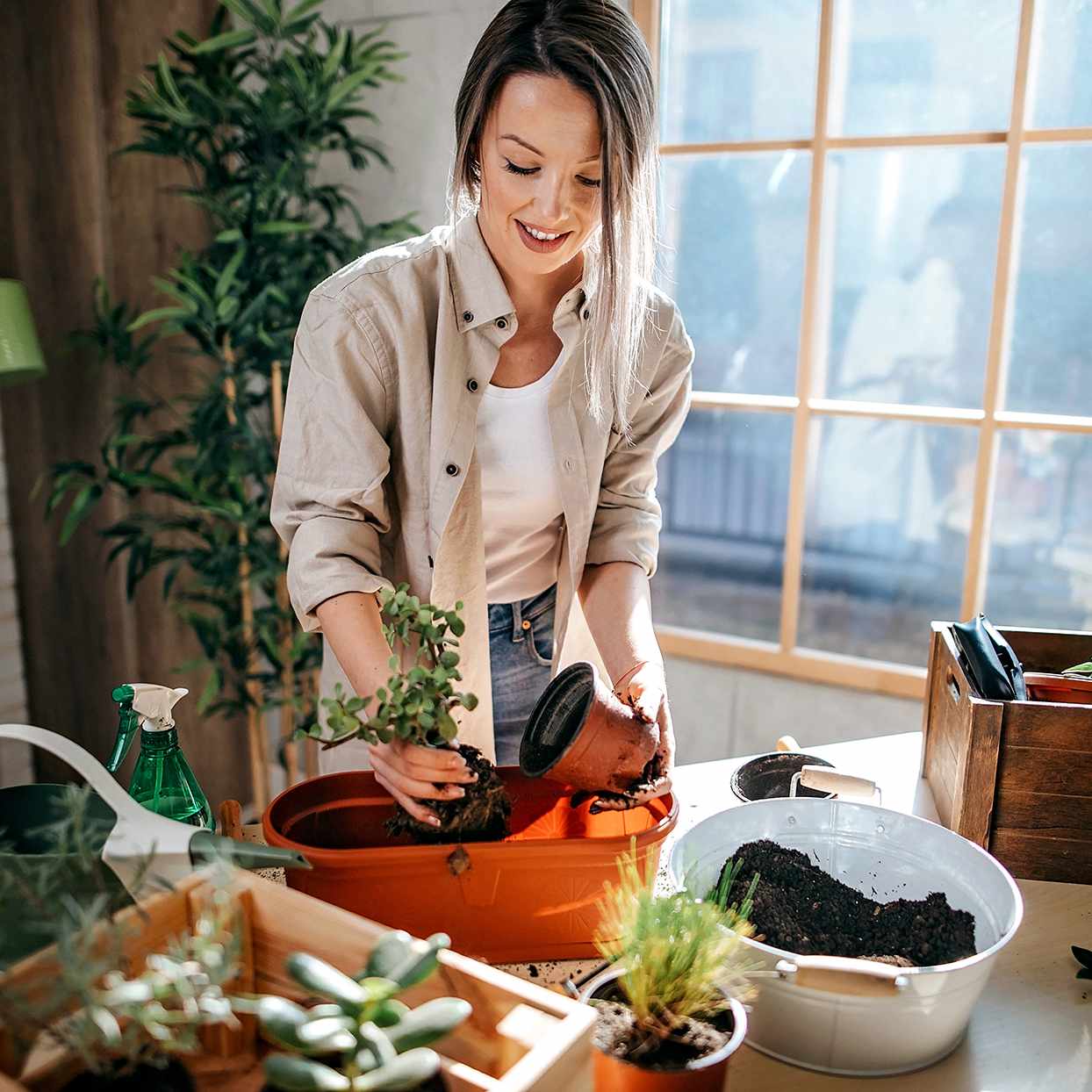
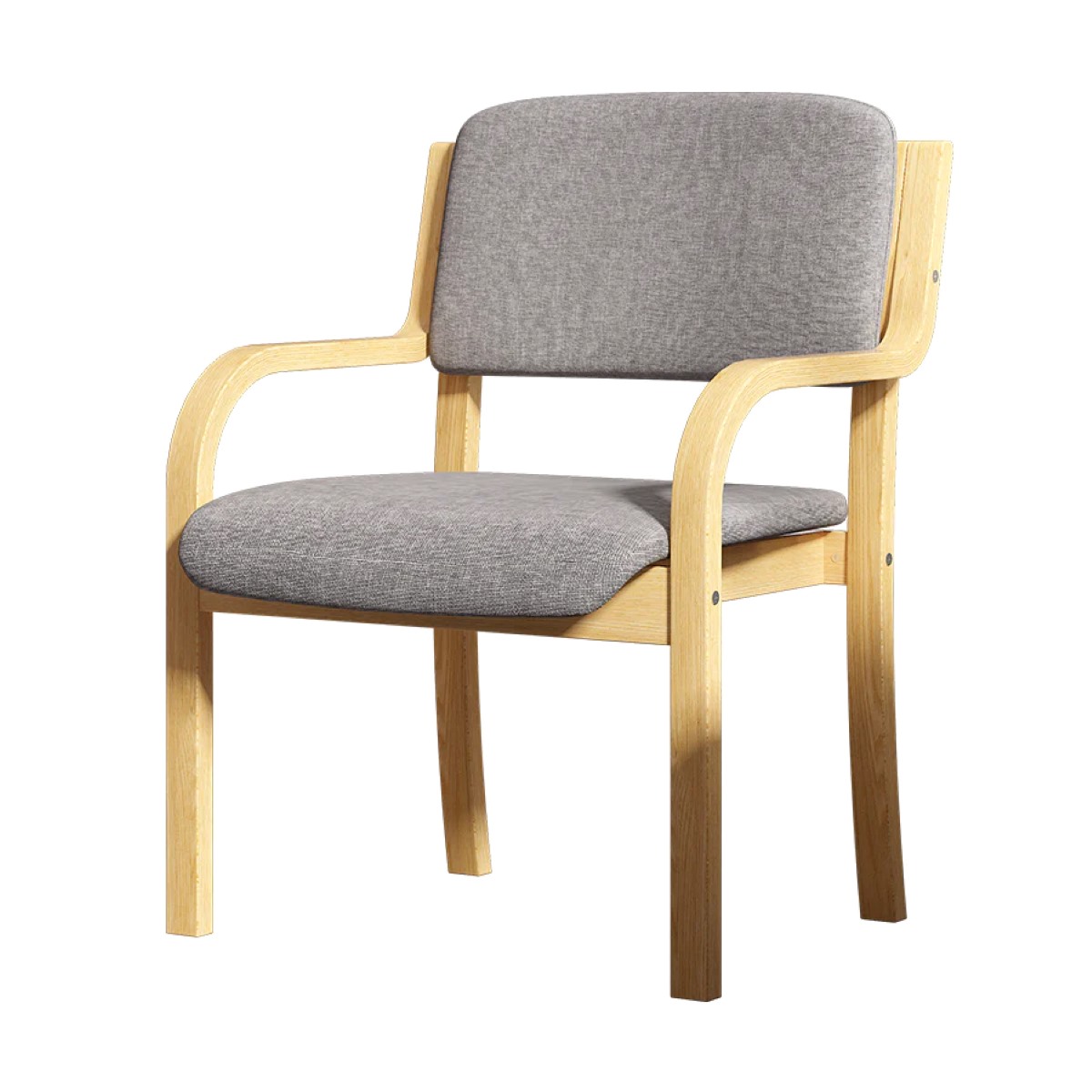
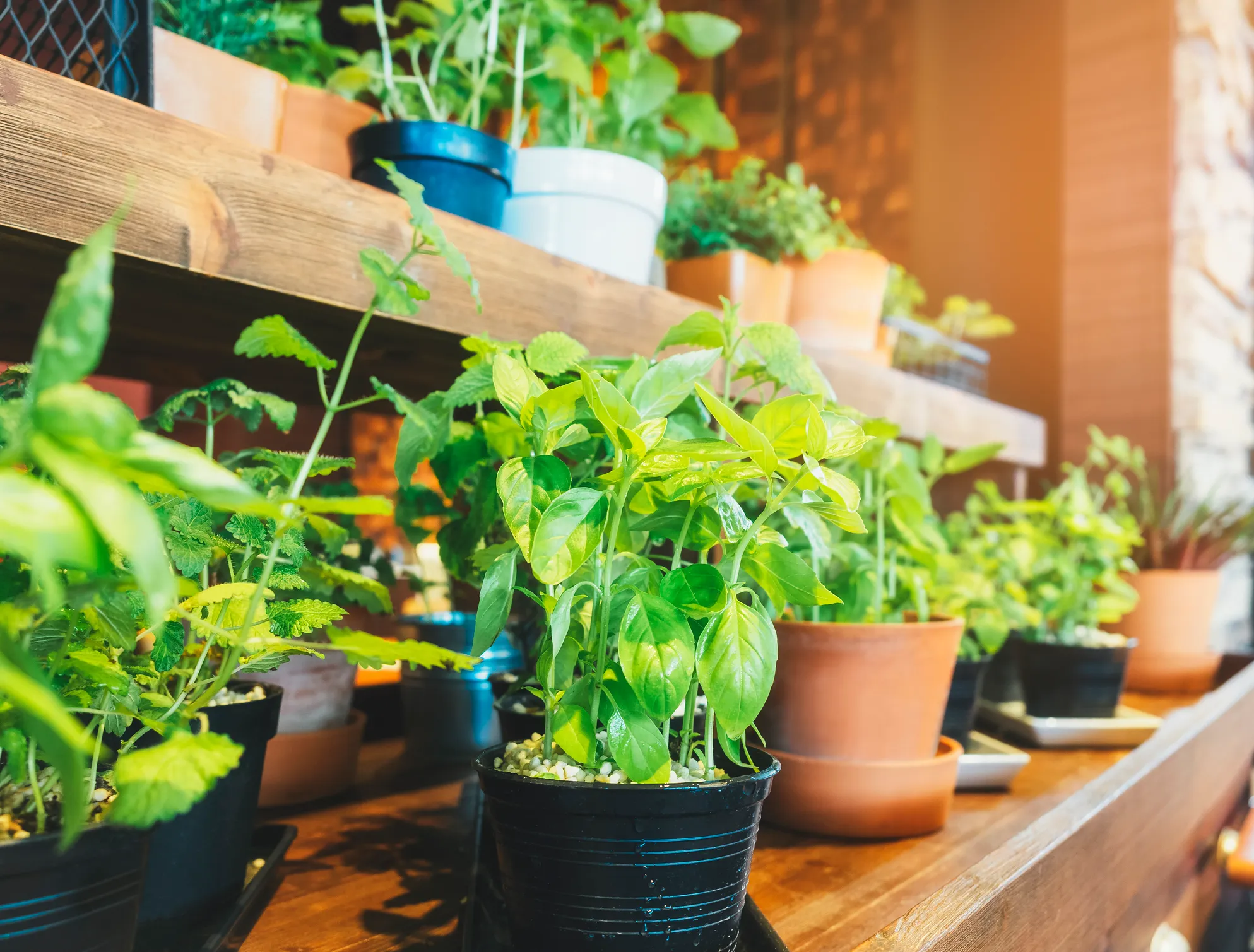
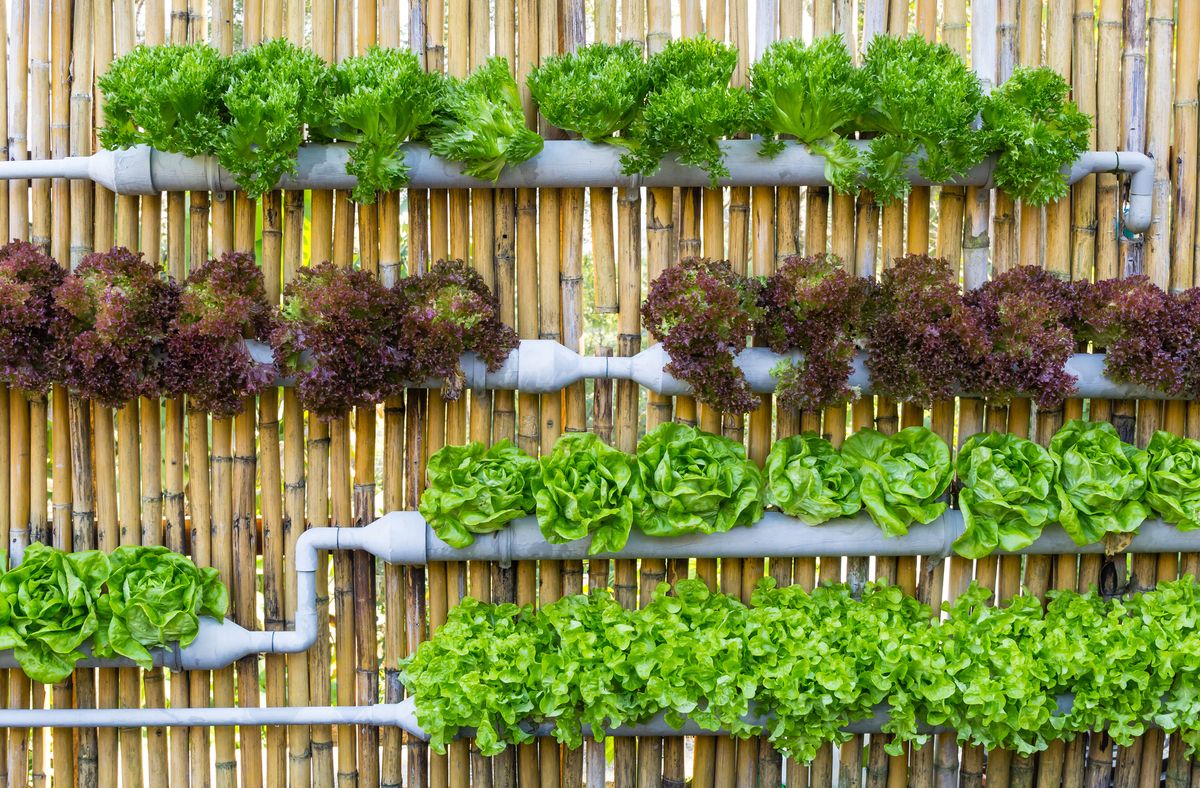
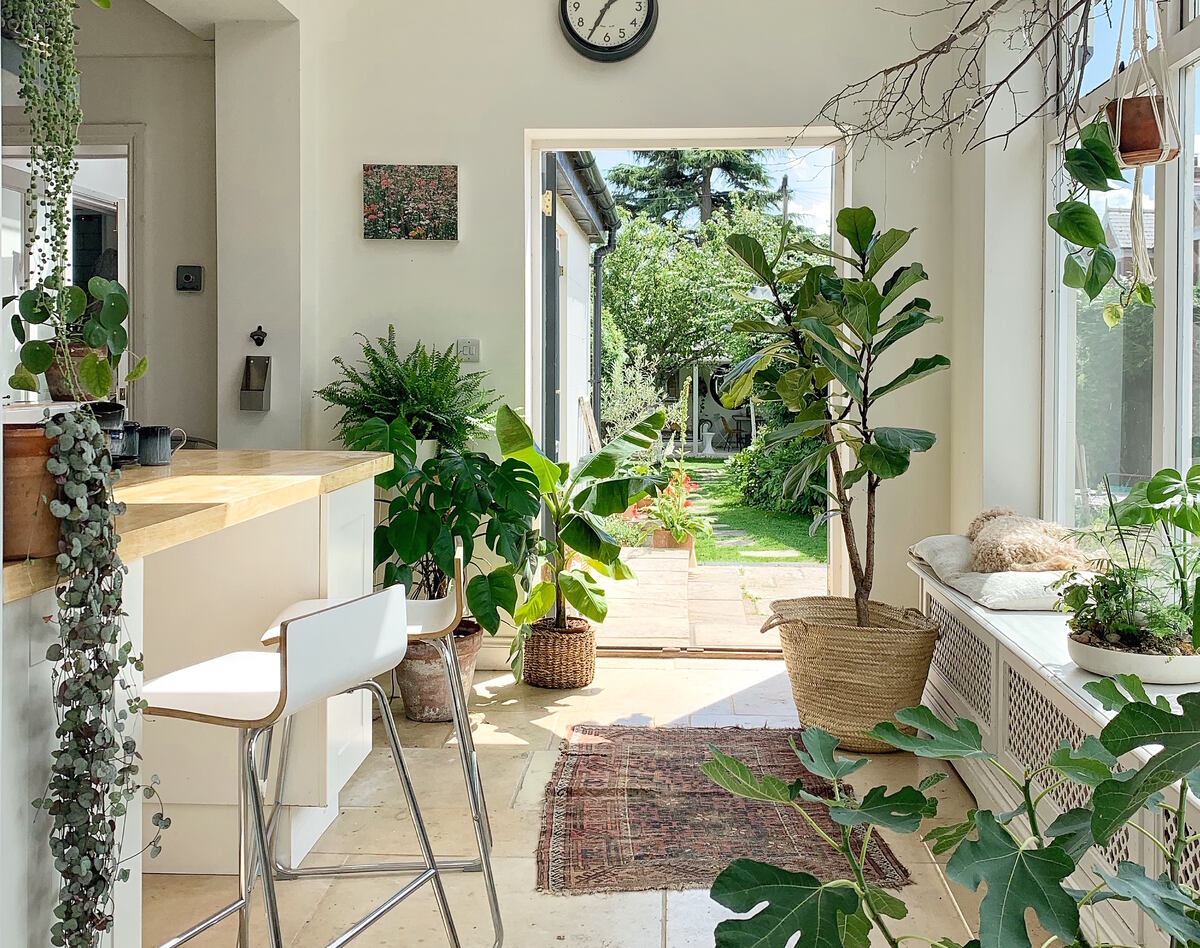
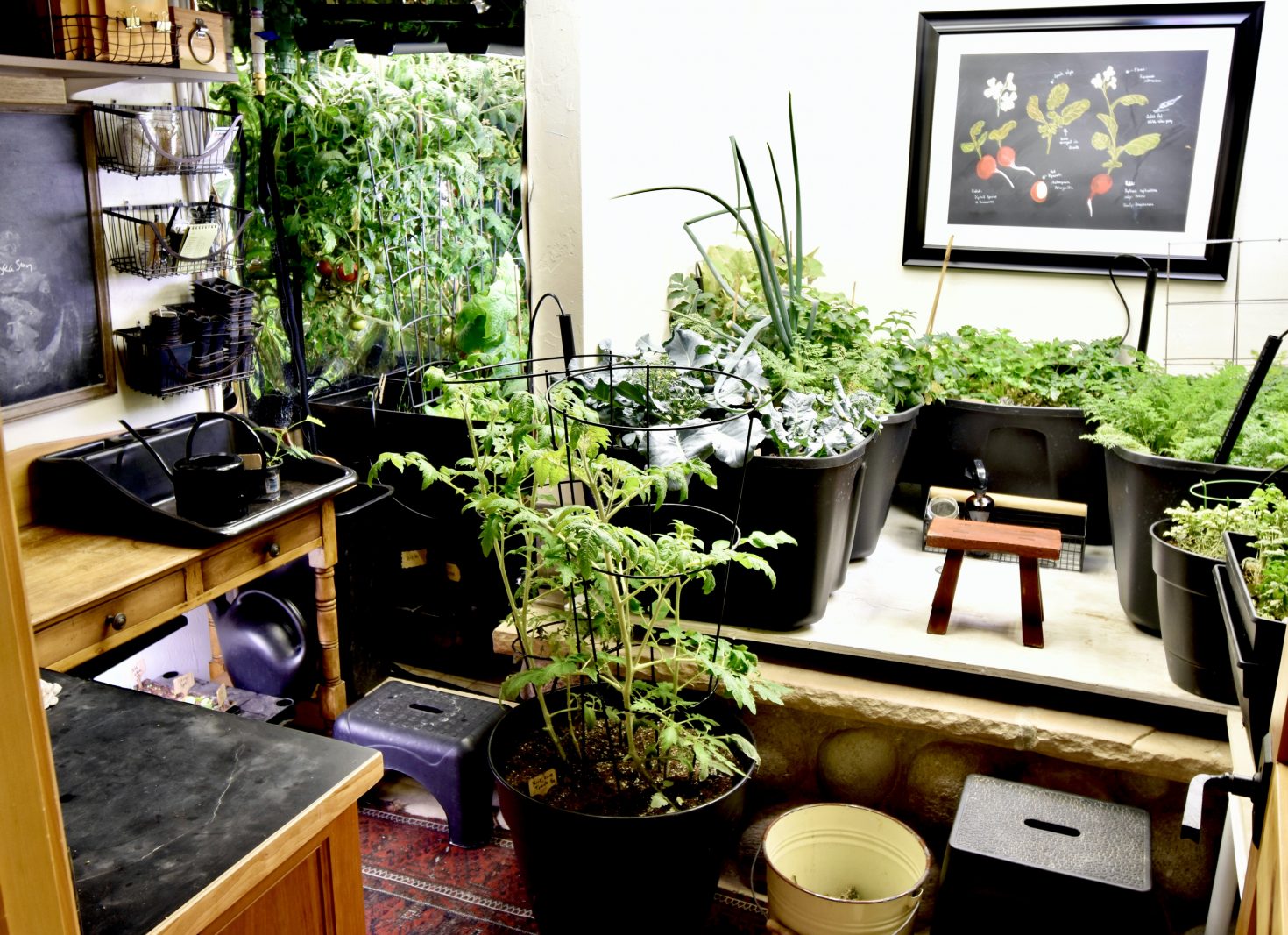

0 thoughts on “What Is An Indoor Garden Room Called”